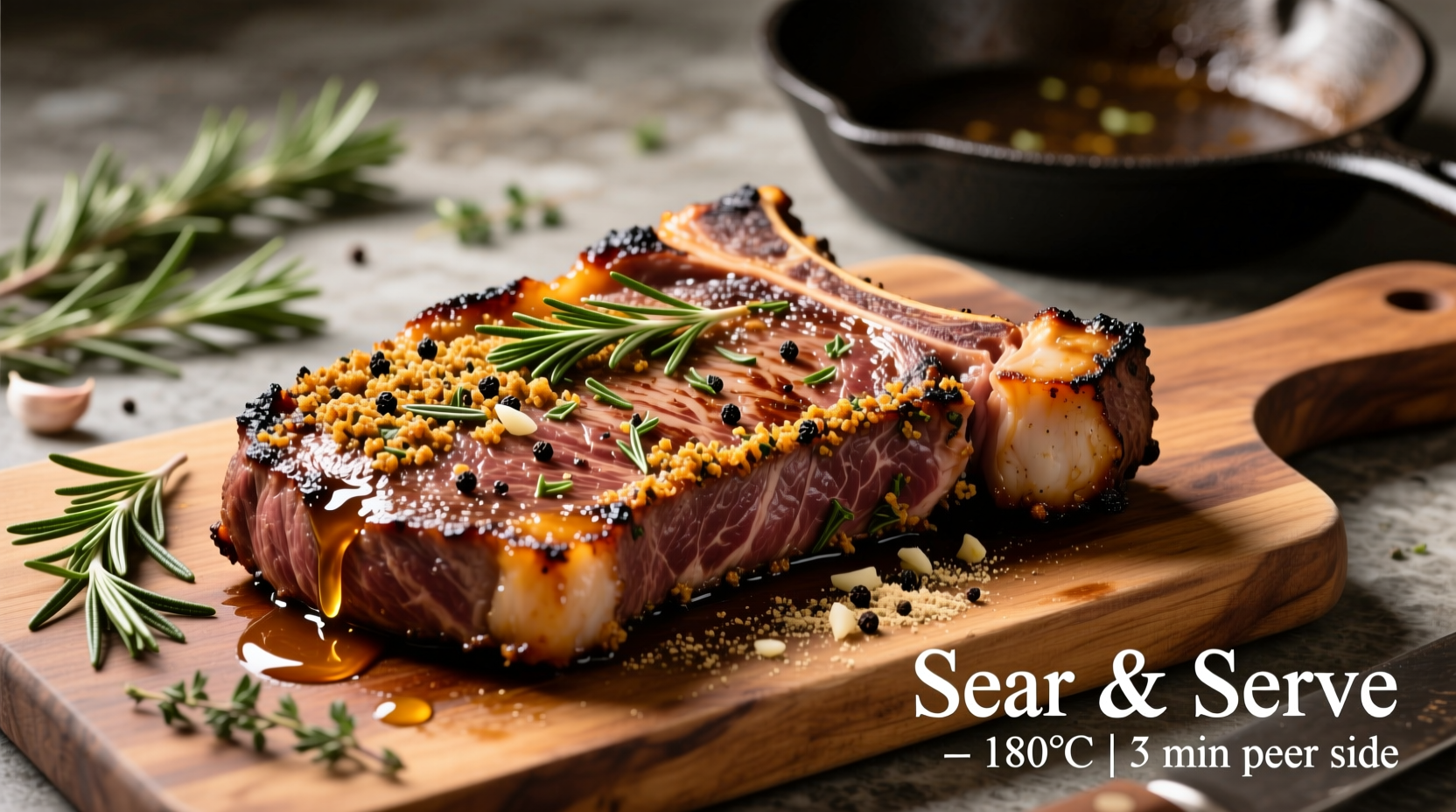The Essential Guide to Cooking Venison Backstrap Perfectly
As a hunter or game enthusiast, you've probably wondered how to cook venison backstrap without drying it out. This premium cut, often called the “filet mignon of deer,” requires specific techniques different from beef due to its extreme leanness. When prepared correctly, venison backstrap delivers a rich, clean flavor with buttery tenderness that surpasses even the finest beef tenderloin.
Why Venison Backstrap Needs Special Treatment
Venison contains 50% less fat than beef, according to USDA Food Safety and Inspection Service data. This lack of marbling means traditional cooking methods often result in tough, dry meat. The USDA recommends cooking venison to a lower internal temperature than beef to maintain moisture.
| Cooking Stage | Beef Backstrap Temp | Venison Backstrap Temp | Result |
|---|---|---|---|
| Medium-Rare | 130-135°F (54-57°C) | 125-130°F (52-54°C) | Optimal for venison |
| Medium | 140-145°F (60-63°C) | 135-140°F (57-60°C) | Acceptable but less ideal |
| Medium-Well | 150°F+ (66°C+) | 145°F+ (63°C+) | Dry and tough for venison |
Your Pre-Cooking Preparation Checklist
Before you start cooking venison backstrap, proper preparation makes all the difference:
- Dry brine for 24 hours: Generously salt the meat and refrigerate uncovered - this draws out moisture, then reabsorbs it for deeper seasoning
- Remove silver skin: Use a sharp boning knife to carefully separate this tough membrane from the meat
- Pat completely dry: Moisture prevents proper searing - critical for flavor development
- Bring to room temperature: Let sit 45-60 minutes before cooking for even heat distribution
The Perfect Cooking Method: Reverse Sear Technique
Professional chefs consistently recommend the reverse sear method for how to cook venison backstrap medium-rare with precision:
- Low-temperature oven phase: Place backstrap on a wire rack over a baking sheet in a 250°F (121°C) oven until internal temperature reaches 110°F (43°C)
- Resting period: Remove and let sit 10 minutes while heating your cast-iron skillet
- High-heat sear: Heat skillet to smoking point with avocado oil, then sear all sides for 60-90 seconds per side
- Final temperature check: Remove when thermometer reads 125°F (52°C) for medium-rare
This method creates the ideal venison backstrap temperature guide for perfect results every time. The slow oven phase ensures even cooking throughout, while the intense sear develops complex Maillard reaction flavors without overcooking the interior.
Avoid These Common Venison Mistakes
Based on analysis of hunting forums and culinary reviews, these errors ruin otherwise perfect venison backstrap:
- Over-marinating: Acidic marinades (wine, vinegar) can “cook” the surface, creating a mealy texture
- Skipping the rest period: Cutting too soon releases precious juices - always rest 10 minutes minimum
- Using butter for searing: Butter burns at venison's required searing temperature - use high-smoke point oils instead
- Cooking straight from refrigerator: Causes uneven cooking and gray bands around the edges

Flavor Enhancement Techniques That Work
Unlike beef, venison benefits from specific flavor pairings that complement rather than mask its distinctive taste:
- Juniper berry crust: Crush 2 tablespoons juniper berries with 1 tablespoon black pepper for a traditional game seasoning
- Port wine reduction: Simmer 1 cup port with 1/4 cup beef stock until syrupy for an elegant finishing sauce
- Foraged herb compound butter: Mix softened butter with rosemary, thyme, and a touch of orange zest
- Smoke infusion: Add hickory or applewood chips to your grill for subtle smokiness without overwhelming the meat
When Traditional Methods Fail: Special Circumstances
Certain conditions require adjustments to the standard best way to prepare venison backstrap:
- Frozen venison: Thaw slowly in the refrigerator for 48 hours; never cook from frozen as it creates uneven texture
- Aged venison: If properly aged 14+ days, reduce cooking time by 20% as enzymes have already tenderized the meat
- Very lean cuts: Consider larding with bacon strips if fat content is exceptionally low
- High altitude cooking: Increase oven temperature by 25°F (14°C) as water boils at lower temperatures
Serving and Storage Recommendations
For the ultimate dining experience when you've mastered how to cook venison backstrap:
- Slice against the grain at 45-degree angles for maximum tenderness
- Pair with roasted root vegetables and tart cherry reduction
- Store leftovers in airtight container with cooking juices for up to 3 days
- Reheat gently in 250°F (121°C) oven until internal temperature reaches 110°F (43°C)
Mastering Venison: A Timeline of Technique Evolution
Historical cooking methods for venison have evolved significantly:
- Pre-1900s: Venison was typically boiled or stewed to tenderize tough cuts
- Early 1900s: Introduction of dry-aging techniques improved flavor and texture
- 1950s-1980s: Overcooking became common as game was treated like beef
- 1990s-Present: Precision temperature control and reverse sear methods revolutionized game cooking
- Today: Sous vide technology allows unprecedented control for cooking wild game backstrap
This evolution reflects growing understanding of venison's unique properties. Modern hunters and chefs now recognize that cooking venison without drying it out requires respecting its biological differences from domesticated meats.











 浙公网安备
33010002000092号
浙公网安备
33010002000092号 浙B2-20120091-4
浙B2-20120091-4